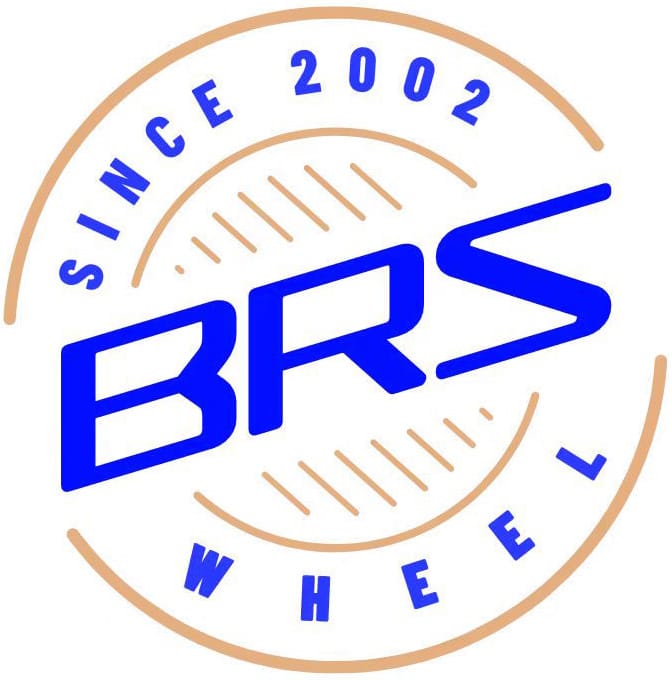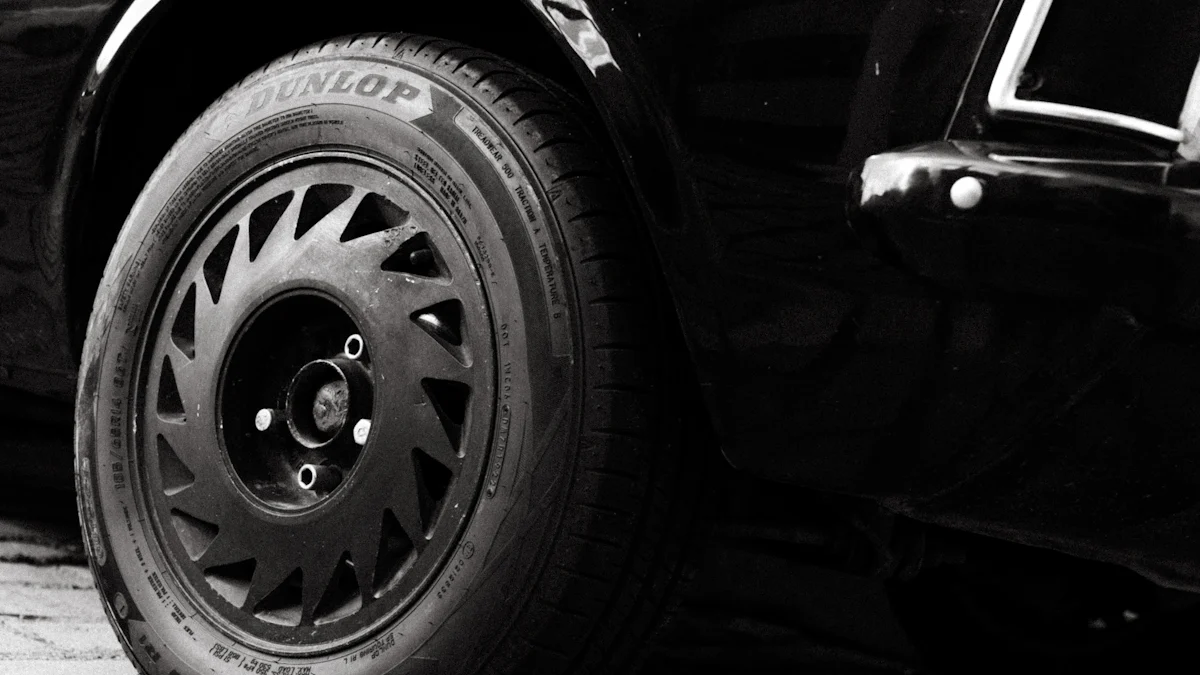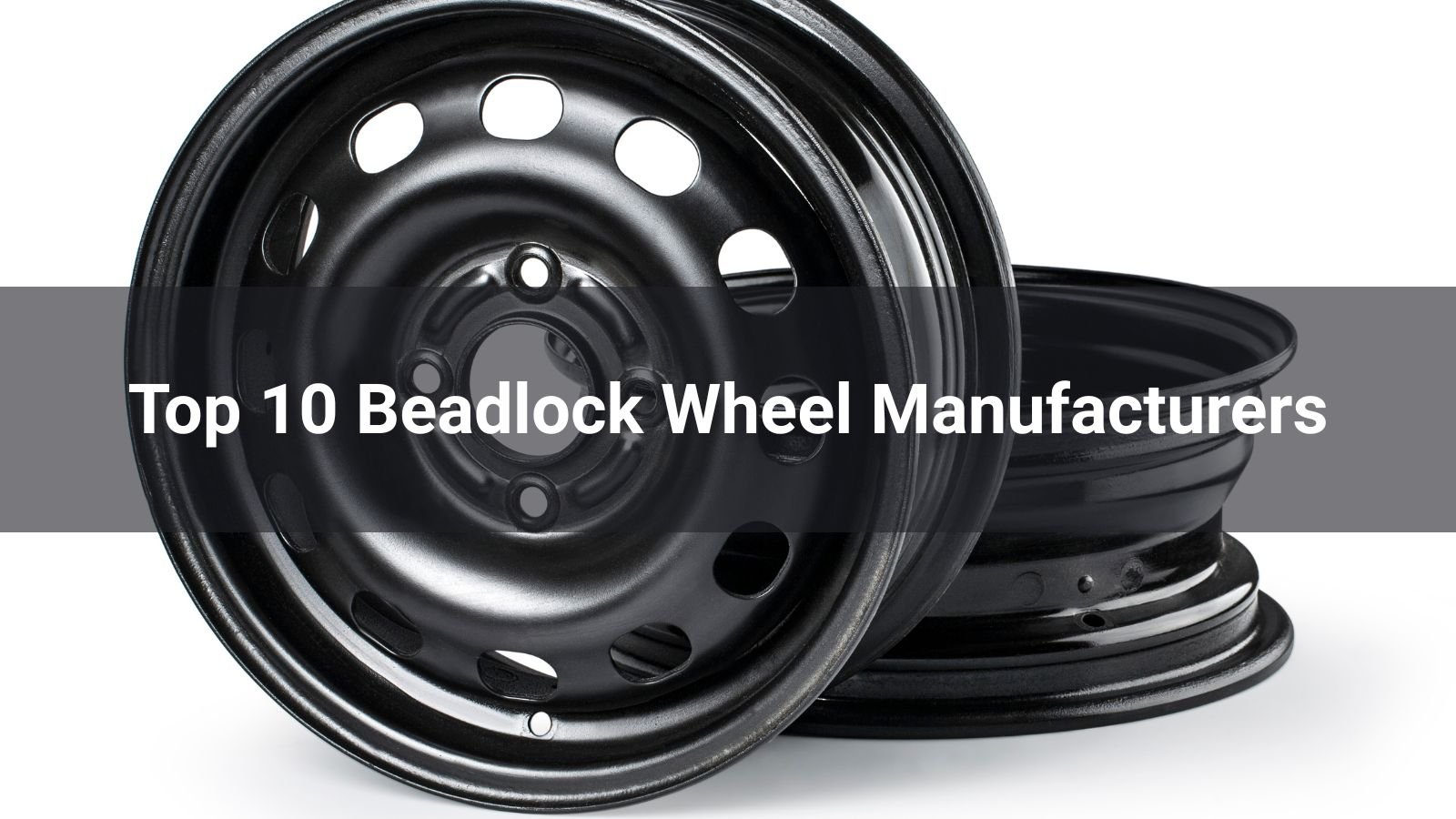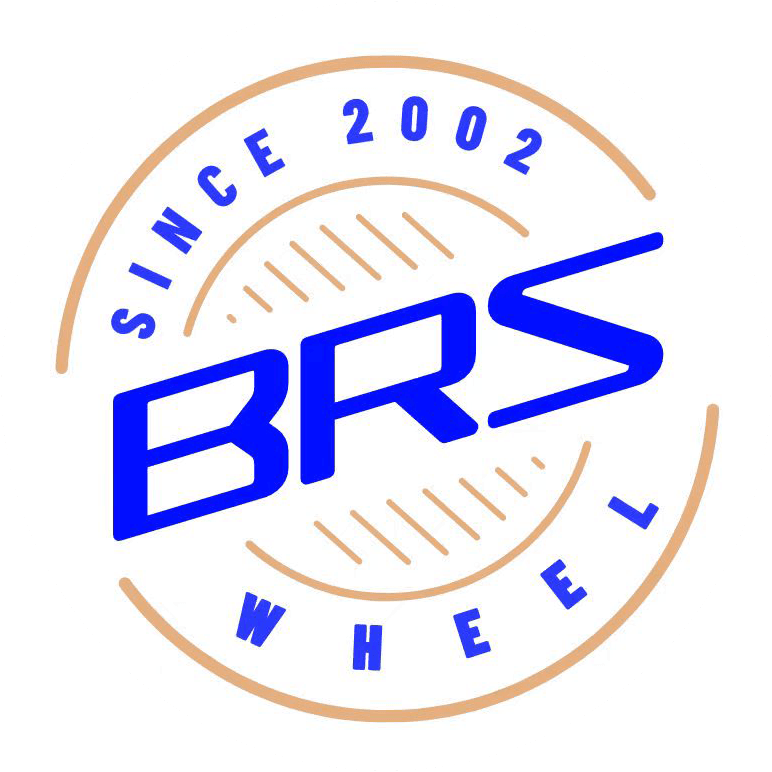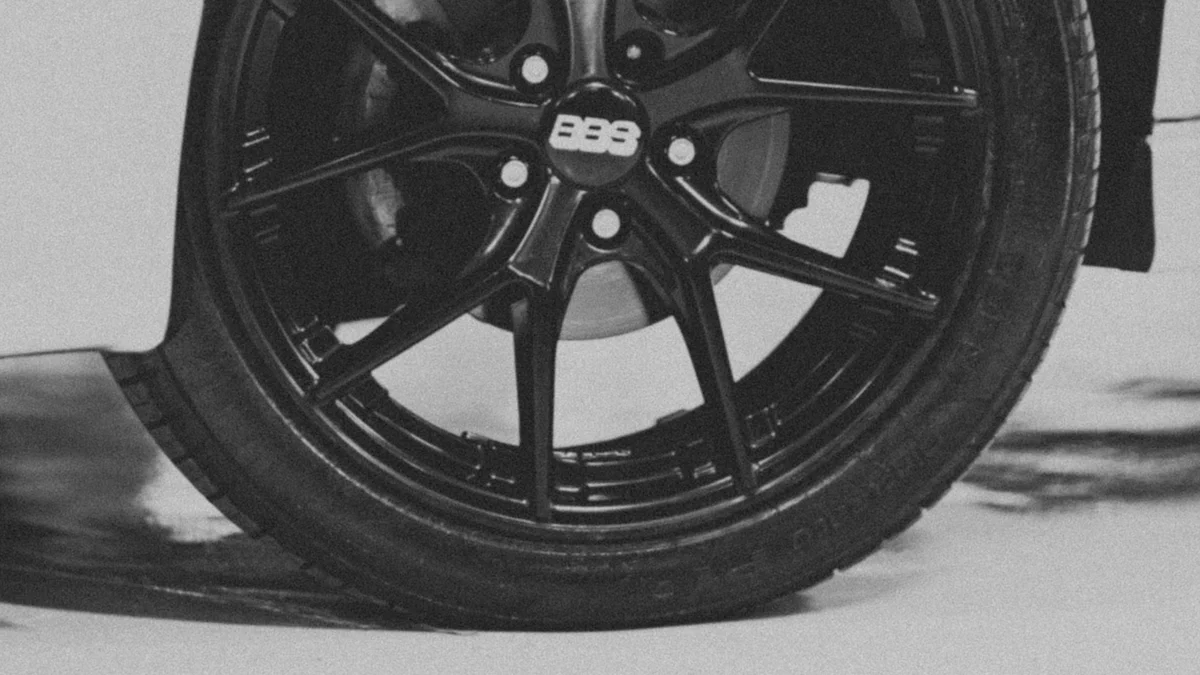
Maintaining your 15×7 steel rims ensures their durability and performance. Steel rims, known for their strength and reliability, require consistent care to prevent rust and maintain their appearance. Unlike aluminum wheels, steel rims demand more attention, such as removing rust and applying protective coatings. Regular maintenance not only extends their lifespan but also enhances safety by preventing structural damage. Cleaning, inspecting, and protecting these rims help you avoid costly repairs and ensure optimal traction, especially in challenging conditions like snow or ice.
Key Takeaways
- Regular cleaning of your 15×7 steel rims is crucial to prevent rust and maintain their appearance; aim to clean them at least every two weeks.
- Apply protective coatings like wax or anti-rust sprays to shield your rims from moisture and dirt, enhancing their lifespan and performance.
- Conduct monthly inspections to catch early signs of rust, corrosion, or structural damage, ensuring your rims remain safe and reliable.
- Store your rims in a dry, cool place and use covers to protect them from dust and moisture, especially during off-seasons.
- Avoid using harsh chemicals or abrasive tools when cleaning; stick to mild cleaners and soft brushes to preserve the rim’s finish.
- Drive carefully to prevent physical damage to your rims; avoid potholes and rough terrain to maintain their structural integrity.
- Consult a professional for severe damage; knowing when to repair or replace your rims can save you from costly repairs and ensure safety.
Cleaning Your 15×7 Steel Rims

Keeping your 15×7 steel rims clean is essential for maintaining their durability and appearance. Regular cleaning prevents rust, enhances the finish, and ensures your rims remain in top condition.
Importance of Regular Cleaning
Preventing Rust and Corrosion
Steel rims are prone to rust when exposed to moisture and dirt. Cleaning them regularly removes debris and prevents oxidation. Rust not only weakens the structure but also shortens the lifespan of your rims. By maintaining a clean surface, you protect your rims from corrosion and ensure they perform reliably.
Maintaining the Appearance and Finish
Dirty rims can dull the overall look of your vehicle. Regular cleaning preserves the shine and finish of your 15×7 steel rims. A well-maintained rim enhances the aesthetic appeal of your car, making it look polished and cared for.
Effective Cleaning Techniques
Recommended Tools and Materials
To clean your steel rims effectively, gather the following items:
- Mild car soap or rim-specific cleaner: These products are gentle on the surface and prevent damage.
- Soft-bristle brush or microfiber sponge: These tools help remove dirt without scratching the finish.
- Warm water: It loosens grime and makes cleaning easier.
- Soft microfiber cloth: Use this to dry the rims thoroughly after washing.
Step-by-Step Cleaning Process
- Rinse the rims: Start by rinsing your rims with water to remove loose dirt and debris.
- Apply the cleaner: Use a mild car soap or rim-specific cleaner mixed with water. Apply the solution evenly across the rim surface.
- Scrub gently: Use a soft-bristle brush or microfiber sponge to scrub the rims. Focus on removing stubborn dirt and grime.
- Rinse thoroughly: Wash off the soap or cleaner with clean water to ensure no residue remains.
- Dry completely: Use a soft microfiber cloth to dry the rims. This step is crucial to prevent water spots and rust formation.
Mistakes to Avoid
Using Harsh or Abrasive Cleaners
Avoid using strong chemicals or abrasive cleaners on your 15×7 steel rims. These products can strip the protective coating and damage the finish. Stick to mild car soap or rim-specific cleaners designed for steel surfaces.
Neglecting to Dry Rims Thoroughly
Leaving your rims wet after cleaning can lead to rust. Always dry them completely with a soft microfiber cloth. Pay attention to crevices where water might collect, as these areas are more prone to corrosion.
By following these cleaning tips, you can keep your 15×7 steel rims in excellent condition. Regular maintenance not only extends their lifespan but also ensures they look great and perform reliably.
Protecting Your 15×7 Steel Rims from Damage
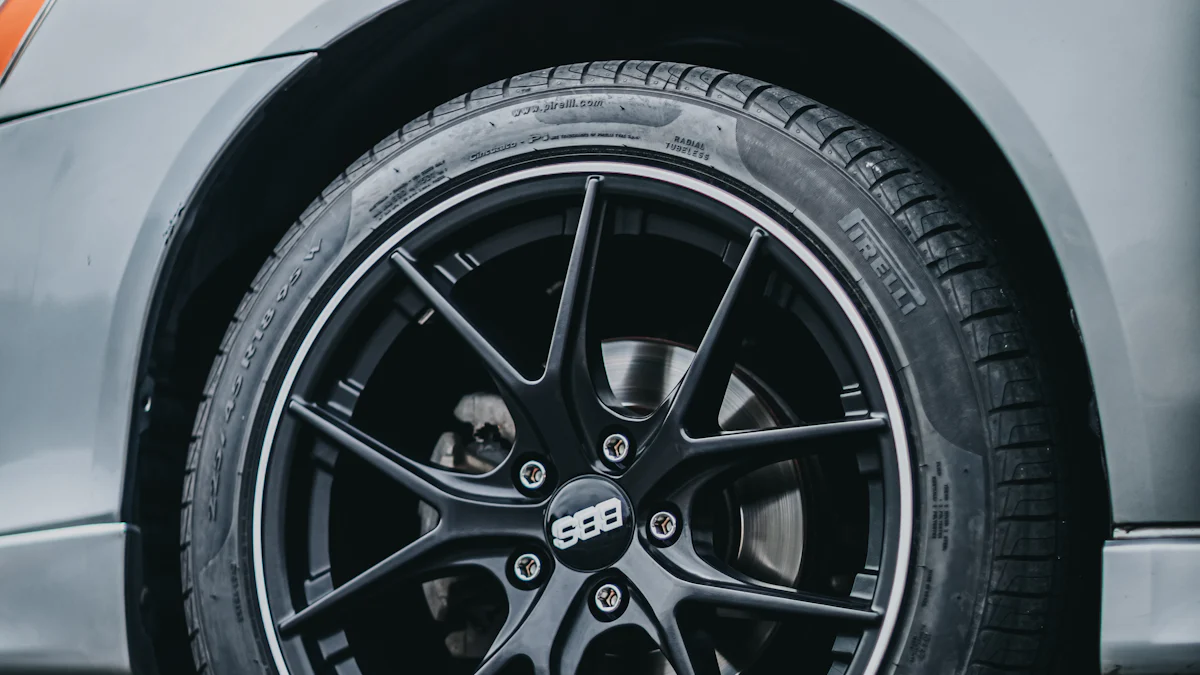
Protecting your 15×7 steel rims ensures they remain durable and functional for years. Damage from environmental factors, physical impacts, or neglect can compromise their structural integrity and appearance. By taking proactive steps, you can safeguard your rims and avoid costly repairs or replacements.
Applying Protective Coatings
Benefits of Wax, Sealants, or Anti-Rust Sprays
Protective coatings act as a shield against moisture, dirt, and other corrosive elements. Wax and sealants create a barrier that prevents water and debris from settling on the surface. Anti-rust sprays specifically target rust formation, which is a common issue with steel rims. These coatings not only enhance the lifespan of your rims but also maintain their polished appearance. Without this layer of protection, scratches or chips in the coating can expose the metal, leading to corrosion and structural weakening.
Scientific Research Findings: Scratches or peeling in protective coatings leave rims vulnerable to corrosion. Over time, this can cause pitting, surface damage, and even air leakage from tires.
How to Apply Coatings for Maximum Protection
Applying protective coatings correctly ensures their effectiveness. Follow these steps for optimal results:
- Clean the rims thoroughly: Remove all dirt, grease, and debris using a mild cleaner.
- Dry the rims completely: Ensure no moisture remains, as it can interfere with the coating’s adhesion.
- Apply the coating evenly: Use a soft cloth or applicator to spread wax, sealant, or anti-rust spray across the rim surface.
- Buff the surface: After the coating dries, buff the rims gently to achieve a smooth and shiny finish.
Reapply the coating every few months to maintain its protective properties.
Preventing Physical Damage
Safe Driving Practices to Avoid Scratches and Dents
Driving carefully can prevent physical damage to your 15×7 steel rims. Avoid potholes, curbs, and rough terrain whenever possible. Sudden impacts can cause dents or scratches, which weaken the rims and make them more susceptible to rust. Slow down when driving over uneven surfaces to minimize the risk of damage.
Proper Handling During Tire Changes
Improper handling during tire changes can scratch or dent your rims. Always use the correct tools and techniques. When removing or installing tires, ensure the equipment does not come into direct contact with the rim surface. If you are unsure, consult a professional to handle the process safely.
Shielding Rims from Environmental Factors
Using Wheel Covers for Added Protection
Wheel covers provide an additional layer of defense against dirt, debris, and moisture. They shield your rims from daily wear and tear, especially when your vehicle is parked. Choose covers made from durable materials that fit snugly over your rims. This simple step can significantly reduce exposure to harmful elements.
Avoiding Exposure to Harsh Weather Conditions
Prolonged exposure to harsh weather can damage your steel rims. Rain, snow, and extreme heat accelerate rust and corrosion. Park your vehicle in a garage or covered area whenever possible. If outdoor parking is unavoidable, consider using a weatherproof car cover to protect your rims and tires.
By implementing these protective measures, you can keep your 15×7 steel rims in excellent condition. Regular care and attention prevent damage, ensuring your rims remain reliable and visually appealing.
Inspecting Your 15×7 Steel Rims
Regular inspection of your 15×7 steel rims is essential for maintaining their safety, performance, and longevity. Identifying potential issues early can save you from costly repairs and ensure your vehicle operates smoothly. By following a consistent inspection routine, you can address problems before they escalate.
Inspection Frequency
How Often to Inspect for Damage
You should inspect your 15×7 steel rims at least once a month. Regular checks help you spot early signs of wear, rust, or structural damage. If you frequently drive on rough terrain or in harsh weather conditions, increase the frequency of inspections. Steel rims, known for their durability, can still suffer from corrosion or physical damage if neglected.
Historical Insight: Steel wheels, introduced in the mid-1920s, were designed for durability and longevity. However, even these battle-tested rims require regular maintenance to stay in optimal condition.
Situations Requiring Immediate Inspection
Certain situations demand immediate attention. After hitting a pothole, curb, or encountering an accident, inspect your rims for dents or cracks. Exposure to extreme weather, such as heavy snow or rain, can accelerate rust formation. If you notice unusual vibrations while driving, check your rims for structural issues. Addressing these problems promptly ensures your safety and prevents further damage.
Identifying Common Issues
Signs of Rust, Corrosion, or Pitting
Rust and corrosion are common problems with steel rims. Look for reddish-brown spots or flaking on the surface. Pitting, which appears as small holes or indentations, indicates advanced corrosion. These issues weaken the metal and compromise the rim’s structural integrity. Regular cleaning and protective coatings can minimize the risk of rust.
Fact: Corrosion not only damages the surface but can also lead to air leakage from tires, reducing their efficiency and lifespan.
Detecting Structural Damage Like Bends or Cracks
Inspect your rims for visible bends, cracks, or dents. These issues often result from physical impacts, such as hitting a pothole or curb. Run your hand along the rim’s edge to feel for irregularities. Structural damage can cause uneven tire wear and affect your vehicle’s handling. Early detection helps you avoid more significant problems down the road.
Addressing Detected Damage
When to Repair vs. Replace a Rim
Deciding whether to repair or replace a damaged rim depends on the severity of the issue. Minor rust or surface scratches can often be repaired with sanding and repainting. However, deep pitting, extensive rust, or significant structural damage may require a replacement. Driving with a compromised rim risks your safety and can lead to further vehicle damage.
Tip: Steel rims are fully recyclable, making replacement an environmentally friendly option when necessary.
Consulting Professionals for Severe Issues
For severe damage, consult a professional mechanic or rim specialist. They have the tools and expertise to assess the extent of the problem. Attempting to fix major issues yourself can worsen the damage or compromise safety. Professionals can recommend the best course of action, whether it’s repair or replacement.
By inspecting your 15×7 steel rims regularly, you ensure their reliability and extend their lifespan. Early detection of issues like rust or structural damage keeps your vehicle safe and reduces long-term costs. Make inspections a routine part of your rim maintenance strategy.
Storing Your 15×7 Steel Rims Properly
Proper storage of your 15×7 steel rims is essential for maintaining their condition and extending their lifespan. By preparing your rims correctly and following best practices, you can protect them from environmental damage and ensure they remain in excellent shape for future use.
Preparing Rims for Storage
Cleaning and Applying Protective Coatings
Before storing your rims, clean them thoroughly to remove dirt, grease, and debris. Any residue left on the surface can lead to corrosion over time. Use a mild cleaner and a soft-bristle brush to scrub the rims gently. After cleaning, dry them completely to eliminate any moisture that could cause rust.
Once the rims are clean and dry, apply a protective coating such as wax, sealant, or anti-rust spray. This layer acts as a barrier against moisture and environmental contaminants, preserving the integrity of the rims during storage. Reapply the coating periodically if the rims are stored for an extended period.
Ensuring Rims Are Completely Dry
Moisture is one of the biggest threats to steel rims during storage. Even small amounts of water can lead to rust and weaken the metal. After cleaning, use a microfiber cloth to dry the rims thoroughly. Pay close attention to crevices and edges where water might collect. Allow the rims to air dry for a few hours to ensure no moisture remains.
Storage Best Practices
Choosing a Dry, Cool Storage Location
The storage environment plays a critical role in protecting your rims. Select a location that is dry, cool, and well-ventilated. Avoid areas with high humidity, as moisture in the air can accelerate rust formation. A consistent temperature helps prevent metal expansion and contraction, which can weaken the rims over time.
Tip: A garage or basement with controlled humidity and temperature is an ideal storage space for steel rims.
Using Rim Covers or Bags for Protection
Rim covers or storage bags provide an additional layer of protection. These accessories shield your rims from dust, dirt, and accidental scratches. Choose covers made from durable, breathable materials to prevent moisture buildup. Ensure the covers fit snugly around the rims to maximize their effectiveness.
Seasonal Storage Considerations
Tips for Winter Storage
Winter storage requires extra precautions due to the harsh conditions associated with the season. Clean your rims thoroughly before storing them to remove road salt and grime, which can cause corrosion. Store the rims in a dry, insulated area to protect them from freezing temperatures and moisture. If possible, elevate the rims off the ground to prevent contact with cold surfaces.
Fact: Road salt used during winter months is highly corrosive and can damage steel rims if not cleaned off before storage.
Rotating Rims for Seasonal Use
If you use different rims for summer and winter, rotate them seasonally to distribute wear evenly. Before reinstalling stored rims, inspect them for any signs of damage or rust. This practice ensures that all your rims receive equal use and remain in good condition throughout the year.
By following these storage tips, you can keep your 15×7 steel rims in optimal condition. Proper preparation and storage practices not only extend the lifespan of your rims but also save you money by reducing the need for repairs or replacements.
FAQs
To help you maintain your 15×7 steel rims effectively, here are answers to some frequently asked questions. These insights will address common concerns and provide practical solutions.
1. How often should I clean my 15×7 steel rims?
You should clean your steel rims at least once every two weeks. Regular cleaning prevents dirt, grime, and moisture from accumulating, which can lead to rust and corrosion. If you drive in harsh conditions, such as on salted roads during winter, clean your rims more frequently to remove corrosive substances like road salt.
Tip: Cleaning after every long trip or exposure to muddy or wet conditions ensures your rims stay in top condition.
2. What is the best way to prevent rust on steel rims?
Preventing rust requires a combination of regular cleaning and applying protective coatings. Use anti-rust sprays, wax, or sealants to create a barrier against moisture and oxygen. Store your rims in a dry, cool place when not in use to minimize exposure to humidity.
Fact: Rust forms when steel reacts with water and oxygen. Protective coatings block this reaction, extending the lifespan of your rims.
3. Can I repair minor rust spots on my steel rims myself?
Yes, you can repair minor rust spots with simple tools and materials. Follow these steps:
- Sand the rusted area gently with fine-grit sandpaper until the surface is smooth.
- Clean the area with a mild cleaner to remove debris.
- Apply a rust-inhibiting primer to the affected spot.
- Finish with a coat of paint designed for steel rims.
For extensive rust or structural damage, consult a professional to ensure safety.
4. What should I do if my steel rims get scratched or dented?
Address scratches and dents promptly to prevent further damage. For scratches, clean the area and apply touch-up paint to restore the protective layer. For dents, visit a professional repair shop. Attempting to fix dents yourself may worsen the damage or compromise the rim’s integrity.
Reminder: Driving with damaged rims can lead to uneven tire wear and affect your vehicle’s handling.
5. Are steel rims suitable for winter driving?
Steel rims are an excellent choice for winter driving. Their durability makes them resistant to impacts from potholes and icy conditions. However, they are prone to rust from road salt. Clean your rims regularly during winter and apply anti-rust coatings to protect them.
Fact: Steel rims are often preferred for winter tires due to their strength and cost-effectiveness compared to alloy wheels.
6. How can I tell if my steel rims need replacement?
Replace your steel rims if you notice any of the following:
- Deep rust or pitting that compromises the metal’s strength.
- Cracks, bends, or severe dents that affect the rim’s shape.
- Persistent air leaks from the tire despite proper sealing.
Driving with damaged rims poses safety risks. When in doubt, consult a professional to assess the condition of your rims.
7. Do steel rims require special storage during off-seasons?
Yes, proper storage is crucial for maintaining steel rims. Clean and dry them thoroughly before storing. Apply a protective coating to prevent rust. Store them in a cool, dry place away from direct sunlight and moisture. Use rim covers or storage bags for added protection.
Tip: Elevate the rims off the ground to avoid contact with damp surfaces.
8. Can I use steel rims for both summer and winter tires?
You can use steel rims for both summer and winter tires. However, rotating your rims seasonally helps distribute wear evenly. Inspect the rims during each tire change to ensure they remain in good condition.
Advice: Consider using separate sets of rims for summer and winter tires to reduce wear and simplify seasonal changes.
9. What is the lifespan of 15×7 steel rims?
The lifespan of steel rims depends on maintenance and usage. With proper care, they can last 10 to 15 years or more. Regular cleaning, protective coatings, and inspections play a significant role in extending their durability.
Fact: Neglecting maintenance can reduce the lifespan of steel rims by several years due to rust and structural damage.
10. Are steel rims recyclable?
Yes, steel rims are fully recyclable. Recycling reduces environmental impact and allows the material to be repurposed for other uses. If you replace your rims, take them to a recycling facility or inquire with your local auto shop about recycling options.
Environmental Note: Recycling steel saves energy and resources compared to producing new steel from raw materials.
By addressing these common questions, you can confidently care for your 15×7 steel rims. Proper maintenance ensures their longevity, enhances safety, and keeps your vehicle performing at its best.
Maintaining your 15×7 steel rims requires consistent effort, but the benefits are undeniable. Regular cleaning keeps rust and grime at bay, ensuring your rims remain durable and visually appealing. Protective measures, such as applying coatings and avoiding physical damage, safeguard their structural integrity. Frequent inspections help you catch issues early, saving you from costly repairs. Proper storage preserves their condition during off-seasons. By following these essential tips, you enhance your vehicle’s safety, performance, and appearance. With the right care, your steel rims will serve you reliably for years to come.
FAQ
1. How often should you clean your 15×7 steel rims?
You should clean your steel rims at least every two weeks. Regular cleaning removes dirt, grime, and moisture that can lead to rust and corrosion. If you drive in harsh conditions, such as on salted roads during winter, clean your rims more frequently to prevent damage.
Tip: Cleaning your rims after long trips or exposure to muddy or wet conditions ensures they stay in excellent condition.
2. What is the best way to prevent rust on steel rims?
Preventing rust requires consistent care. Clean your rims regularly and apply protective coatings like wax, sealants, or anti-rust sprays. These coatings create a barrier that blocks moisture and oxygen, which are the primary causes of rust. Store your rims in a dry, cool place when not in use to minimize exposure to humidity.
Fact: Rust forms when steel reacts with water and oxygen. Protective coatings stop this reaction, extending the lifespan of your rims.
3. Can you repair minor rust spots on steel rims yourself?
Yes, you can fix minor rust spots with basic tools and materials. Follow these steps:
- Sand the rusted area gently with fine-grit sandpaper until the surface feels smooth.
- Clean the area with a mild cleaner to remove debris.
- Apply a rust-inhibiting primer to the affected spot.
- Finish with a coat of paint designed for steel rims.
For extensive rust or structural damage, consult a professional to ensure safety.
4. What should you do if your steel rims get scratched or dented?
Address scratches and dents immediately to prevent further damage. For scratches, clean the area and apply touch-up paint to restore the protective layer. For dents, visit a professional repair shop. Attempting to fix dents yourself may worsen the damage or compromise the rim’s integrity.
Reminder: Driving with damaged rims can lead to uneven tire wear and affect your vehicle’s handling.
5. Are steel rims suitable for winter driving?
Steel rims are an excellent choice for winter driving. Their durability makes them resistant to impacts from potholes and icy conditions. However, they are prone to rust from road salt. Clean your rims regularly during winter and apply anti-rust coatings to protect them.
Fact: Steel rims are often preferred for winter tires due to their strength and cost-effectiveness compared to alloy wheels.
6. How can you tell if your steel rims need replacement?
Replace your steel rims if you notice any of the following:
- Deep rust or pitting that compromises the metal’s strength.
- Cracks, bends, or severe dents that affect the rim’s shape.
- Persistent air leaks from the tire despite proper sealing.
Driving with damaged rims poses safety risks. When in doubt, consult a professional to assess the condition of your rims.
7. Do steel rims require special storage during off-seasons?
Yes, proper storage is crucial for maintaining steel rims. Clean and dry them thoroughly before storing. Apply a protective coating to prevent rust. Store them in a cool, dry place away from direct sunlight and moisture. Use rim covers or storage bags for added protection.
Tip: Elevate the rims off the ground to avoid contact with damp surfaces.
8. Can you use steel rims for both summer and winter tires?
You can use steel rims for both summer and winter tires. However, rotating your rims seasonally helps distribute wear evenly. Inspect the rims during each tire change to ensure they remain in good condition.
Advice: Consider using separate sets of rims for summer and winter tires to reduce wear and simplify seasonal changes.
9. What is the lifespan of 15×7 steel rims?
The lifespan of steel rims depends on maintenance and usage. With proper care, they can last 10 to 15 years or more. Regular cleaning, protective coatings, and inspections play a significant role in extending their durability.
Fact: Neglecting maintenance can reduce the lifespan of steel rims by several years due to rust and structural damage.
10. Are steel rims recyclable?
Yes, steel rims are fully recyclable. Recycling reduces environmental impact and allows the material to be repurposed for other uses. If you replace your rims, take them to a recycling facility or inquire with your local auto shop about recycling options.
Environmental Note: Recycling steel saves energy and resources compared to producing new steel from raw materials.
By addressing these common questions, you can confidently care for your 15×7 steel rims. Proper maintenance ensures their longevity, enhances safety, and keeps your vehicle performing at its best.
- Posted In:General
